Hi, everyone, I’m Xiaopang who studies geography. It’s been a long time since I’ve seen you. I’ve been crippled by data preprocessing. Recently, I’m processing high-resolution 6 wide-format image (GF6-WFV) data in ENVI. During the period, there were some problems in the relevant data preprocessing. On the way to find solutions, I found that I encountered a lot of problems. I would like to share them with you and hope they can be solved. Zhong and everyone grow up together. here is the image!
1. Processing Gaofen 6 Wide Format Image (GF6-WFV) data in ENVI:
To process Gaofen 6 wide-format image (GF6-WFV) data in ENVI, the specific operation process refers to the relevant official website blog documents, personally verified, the overall process is optimal and the data is no problem.
Atmospheric correction method of WFV data of ENVI Zhong Gaofen 6 .
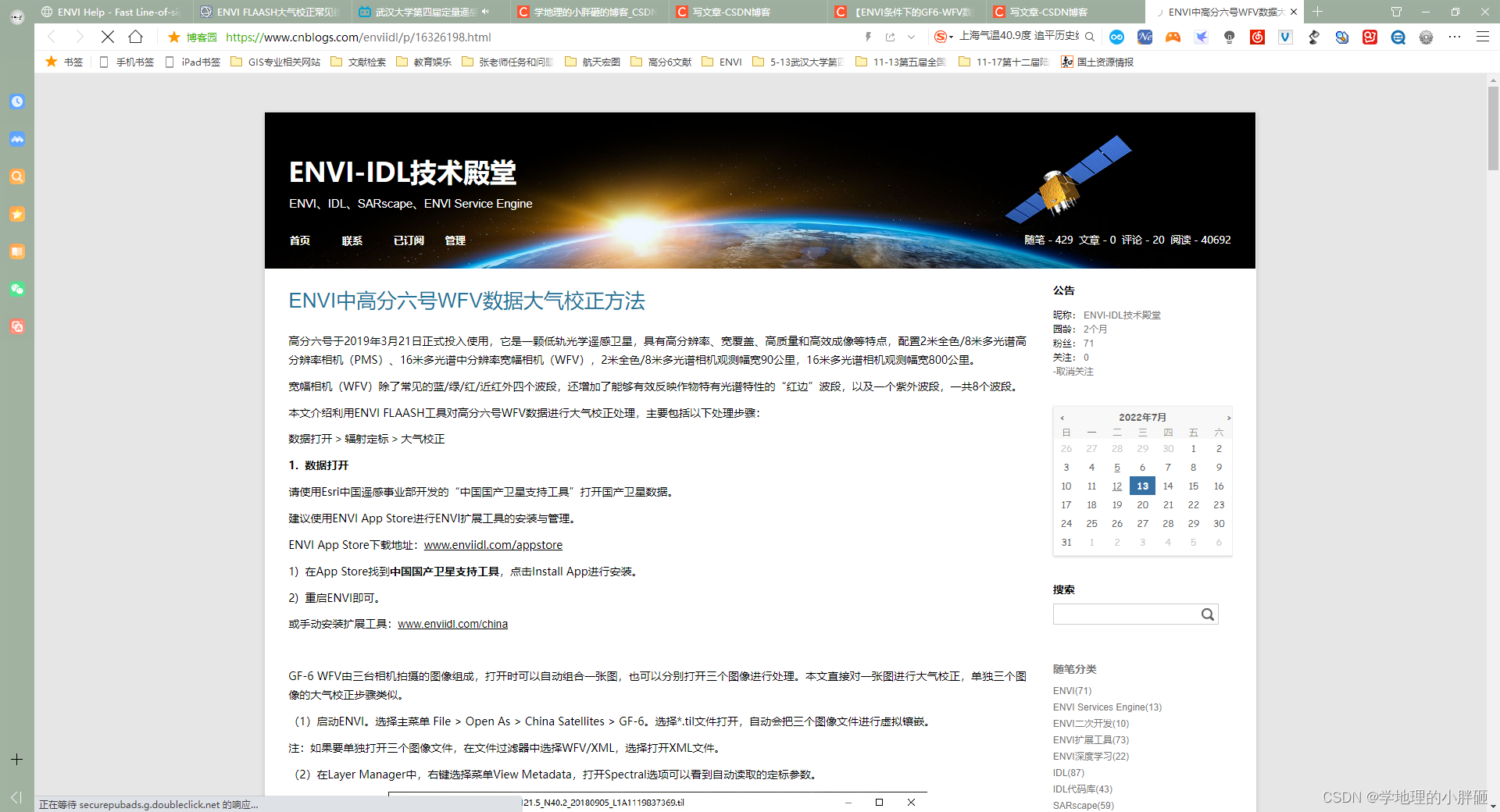
2. Orthorectification of Gaofen 6 Wide Format Image (GF6-WFV) data:
To process Gaofen 6 wide-format image (GF6-WFV) data in ENVI, refer to the relevant official website blog documents for the specific operation process, and personally verify that the orthorectification meets most research needs. If you want to be more accurate, you can perform secondary correction Improve accuracy.
Custom RPC file image orthorectification
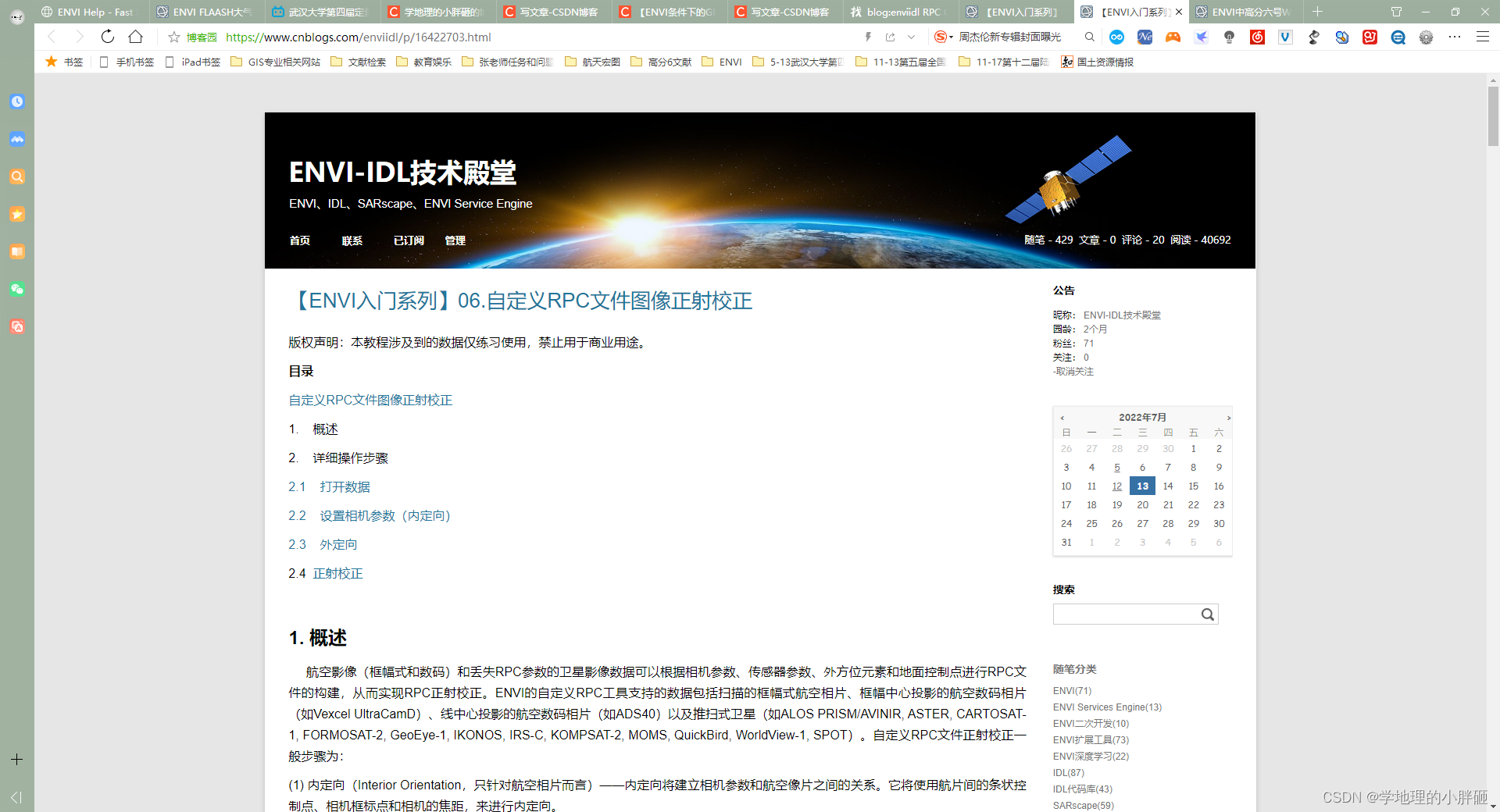
3. Here comes the key point: data processing with negative values
The original data is GF6_WFV_E116.7_N38.0_20190522_L1A1119882004.til
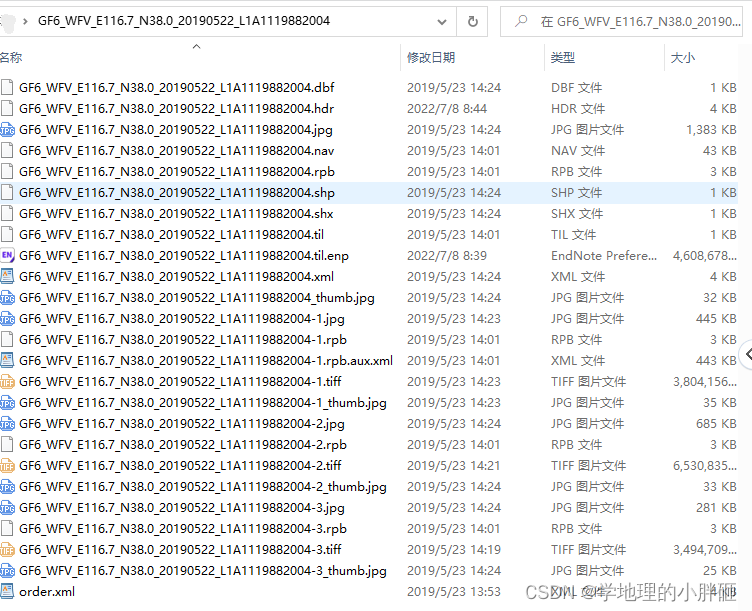
after basic data preprocessing (radiation calibration + atmospheric correction + orthorectification)
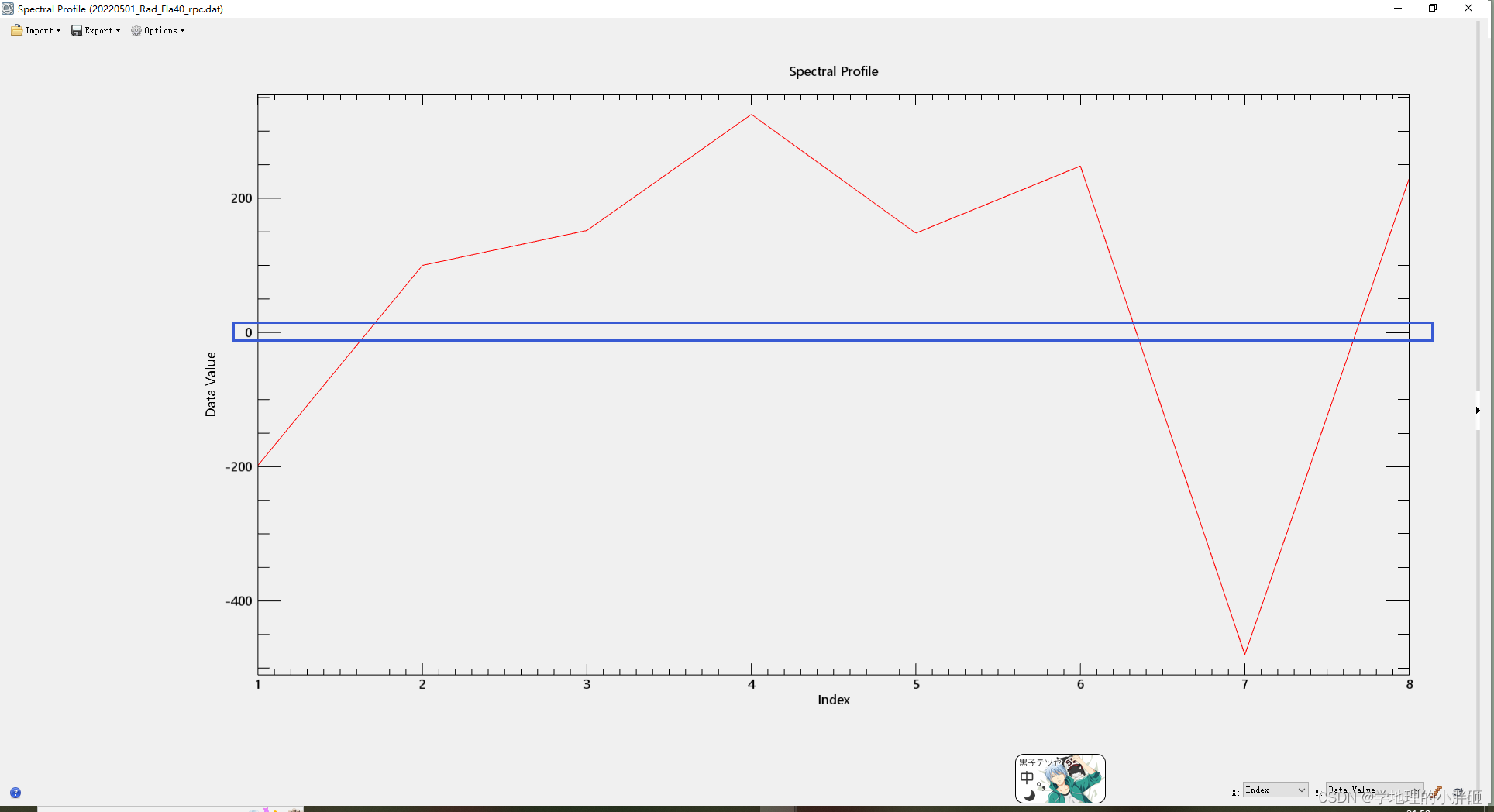
4. Explanation of negative values after image processing
Common errors and solutions of ENVI FLAASH atmospheric correction are explained on the official website, you can look at 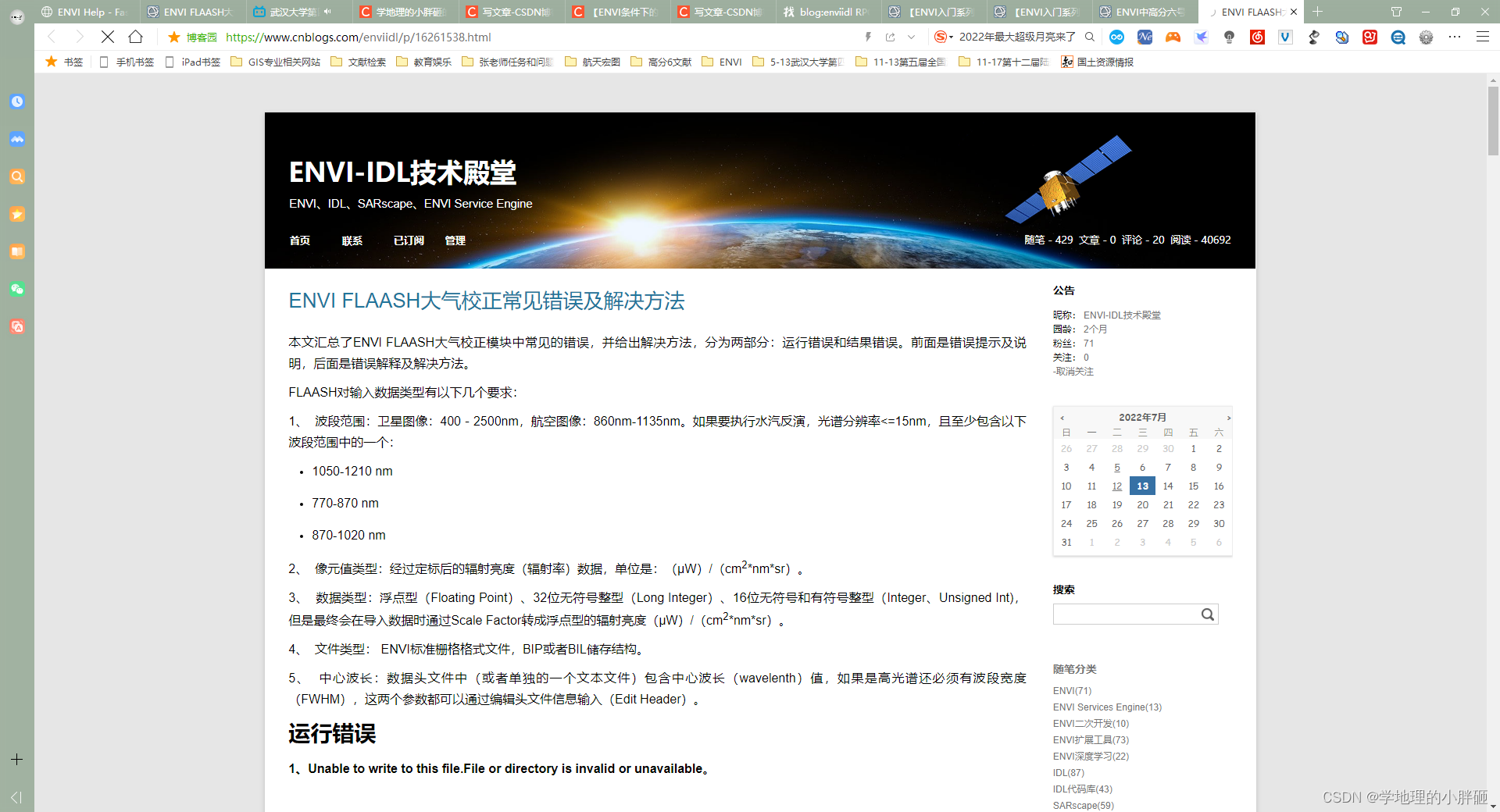 the explanation of negative values after image processing
the explanation of negative values after image processing

5. Interpretation of negative values after image processing - overall attribution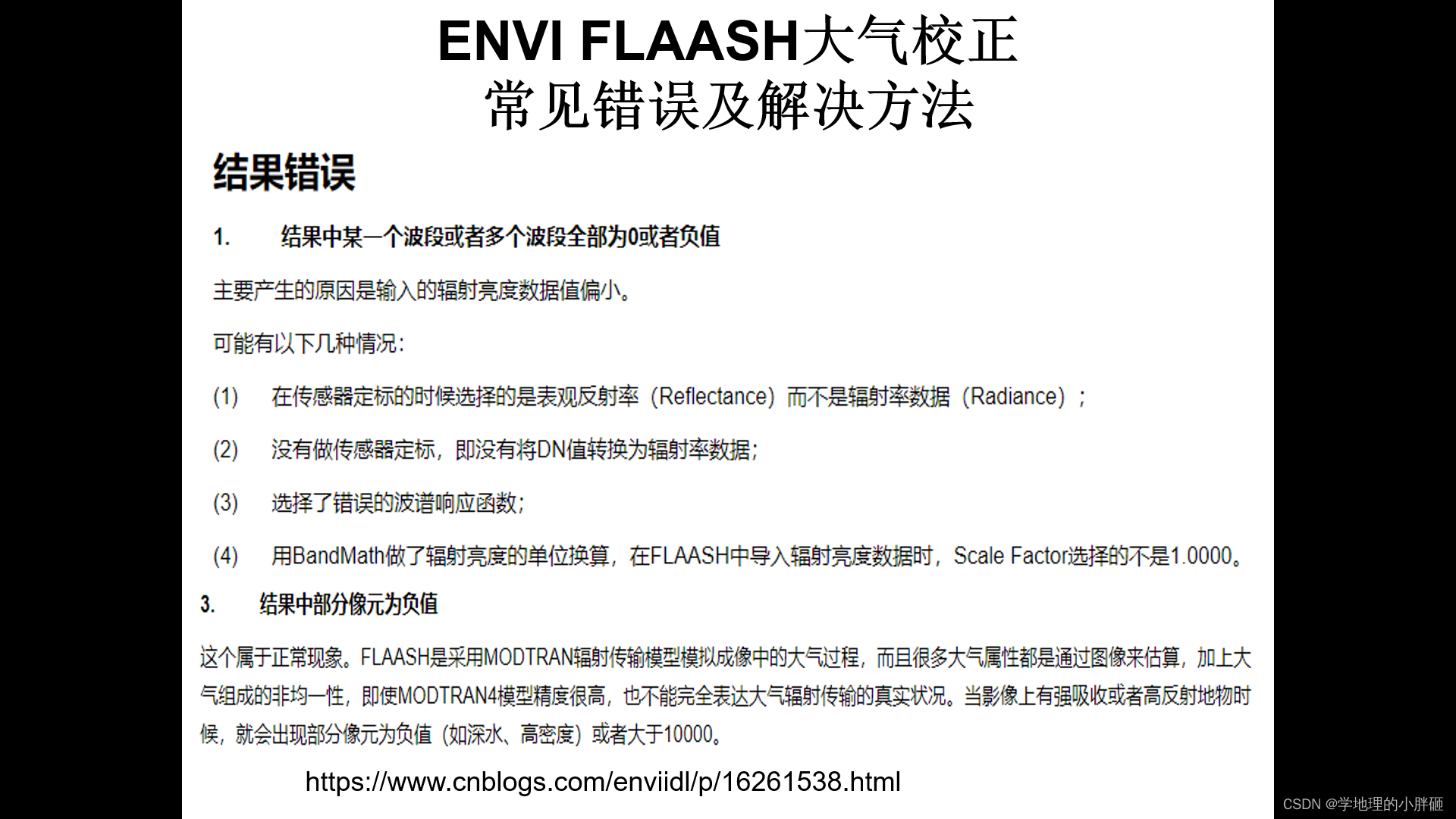
6. Attempts on negative values after image processing
The images of May 22, 2019, May 1, 2022, and May 13 were found in the same research area, and a unified preprocessing operation was completed, and the default value of FLAASH atmospheric correction was used as a reference
May 22, 2019 Atmospheric correction does not account for aerosol models (none)
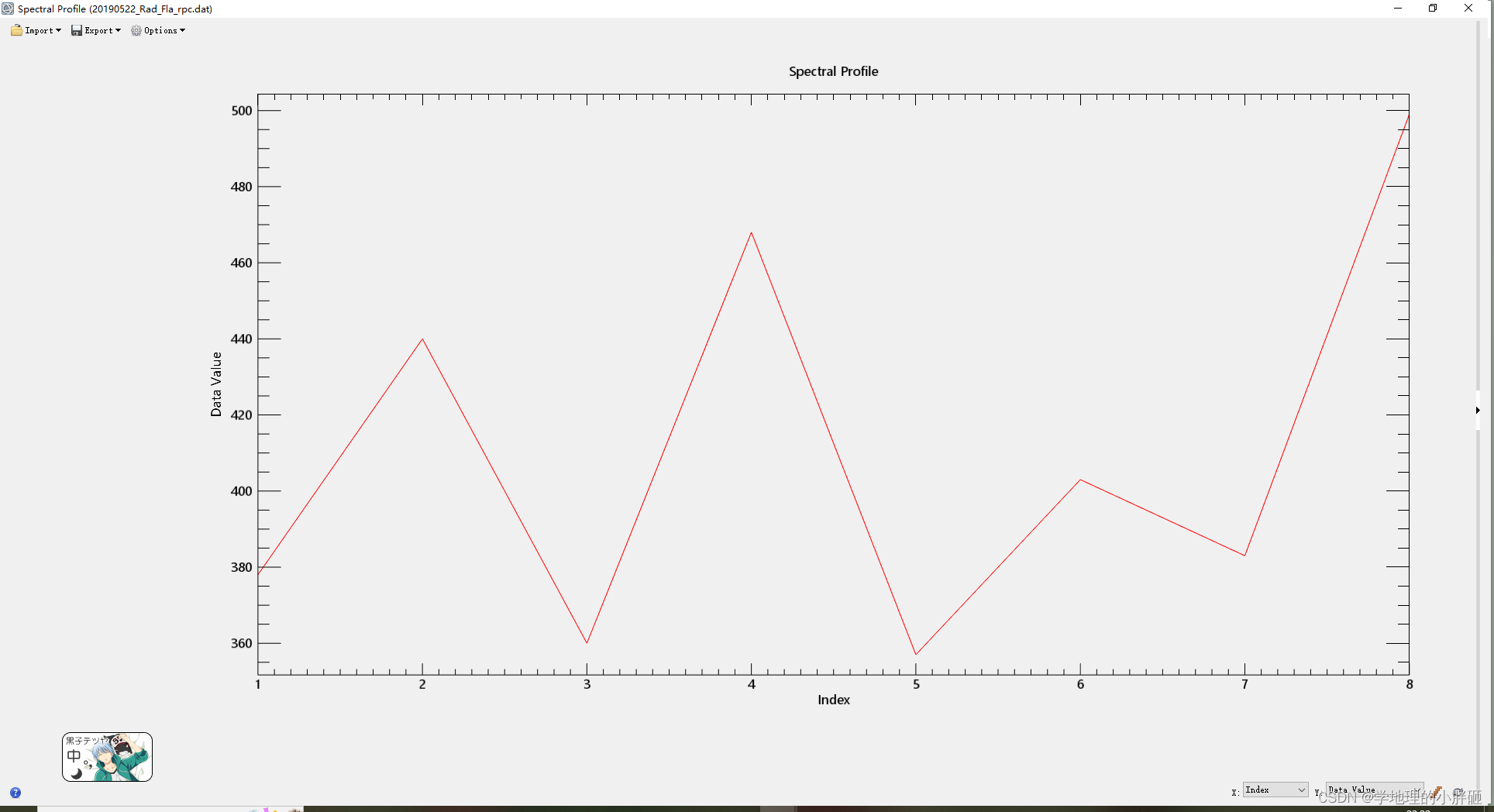
May 22, 2019 Atmospheric correction to consider aerosol model (rural)

May 13, 2022 Atmospheric correction considering aerosol model (rural) + default 40km initial visibility
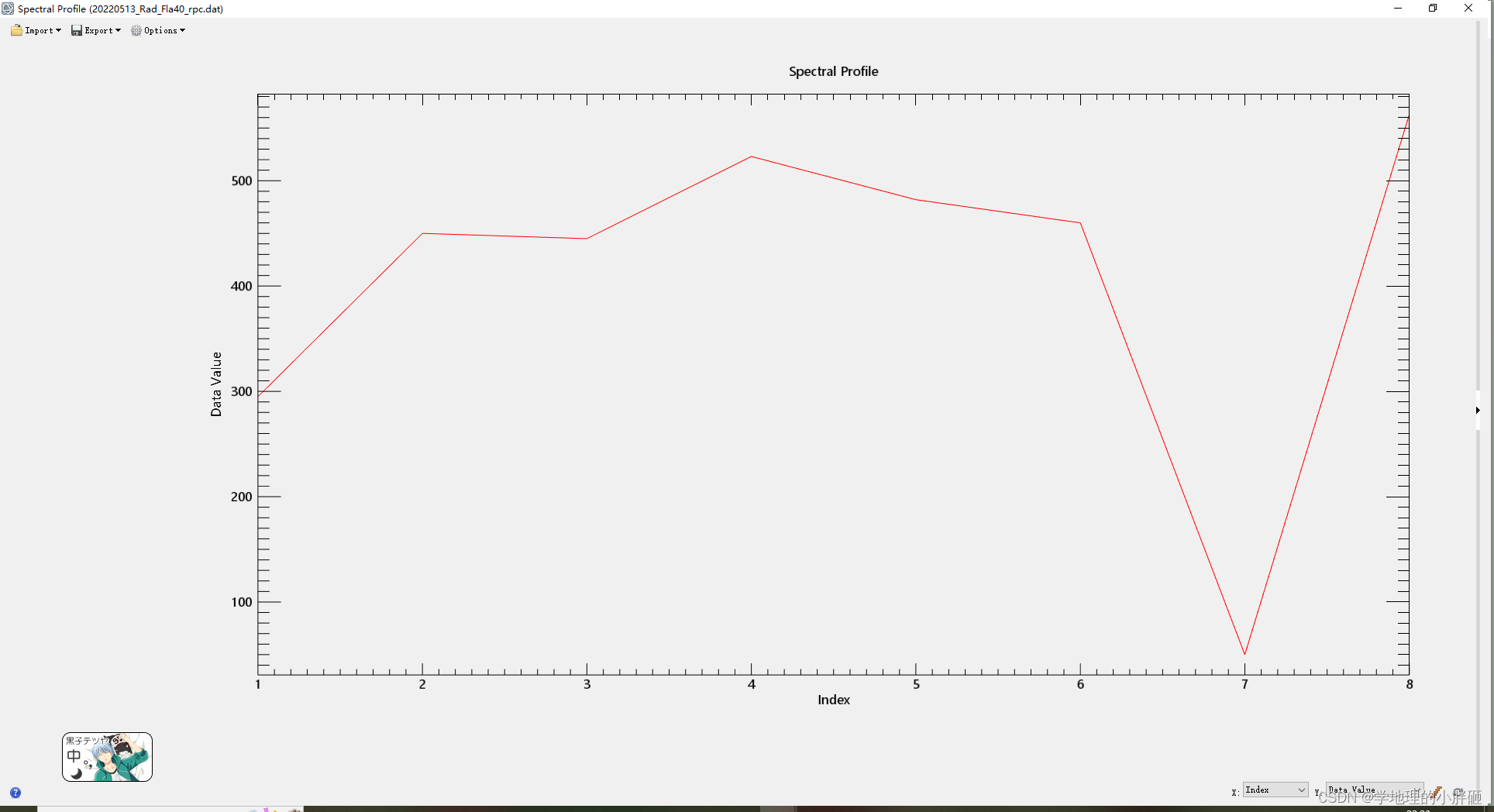
May 1, 2022 Atmospheric correction considering aerosol model (rural) + default 40km initial visibility
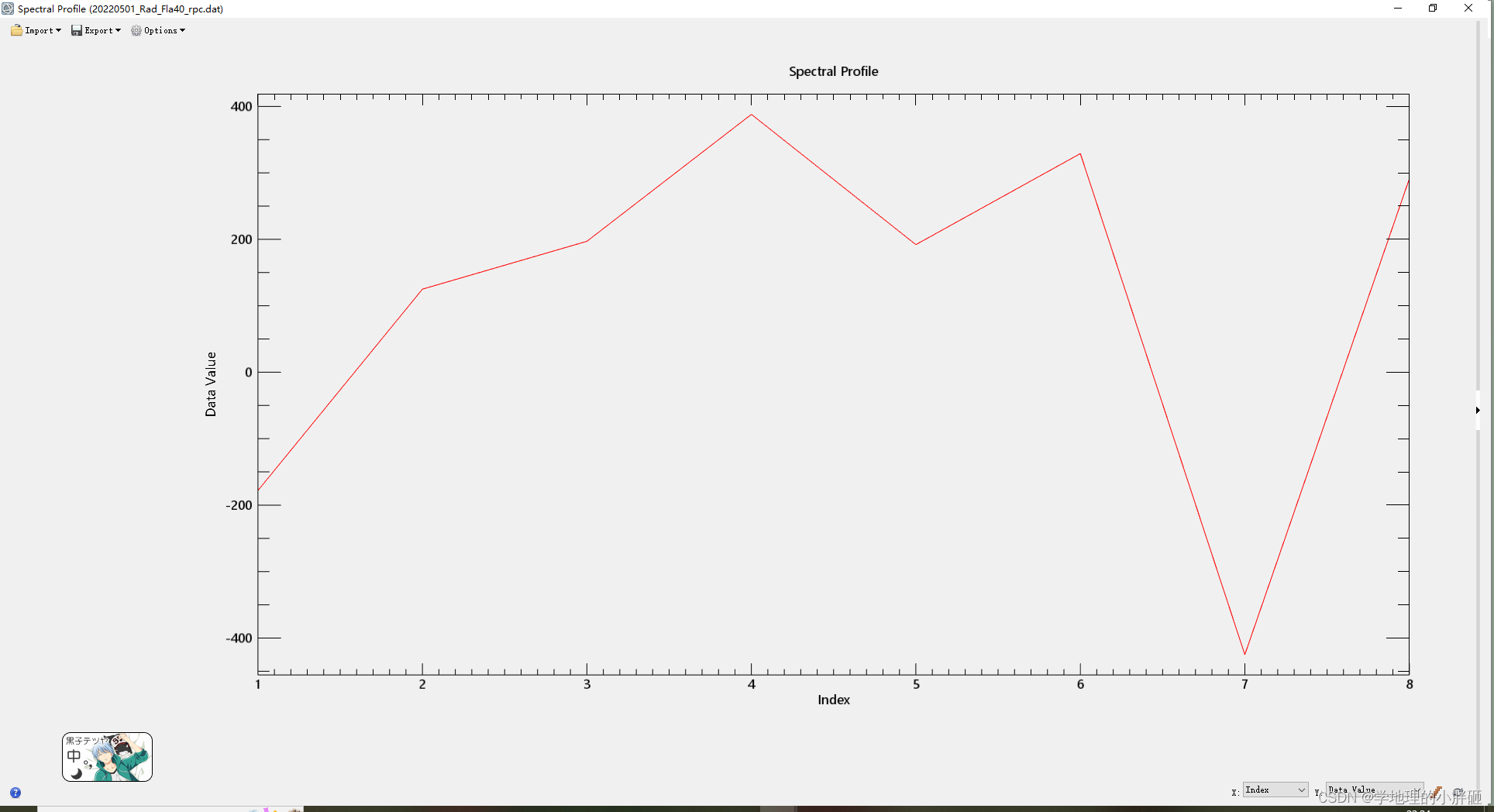
On May 1, 2022, the atmospheric correction considers the aerosol model (countryside) + 8km initial visibility (the specified value in some documents)
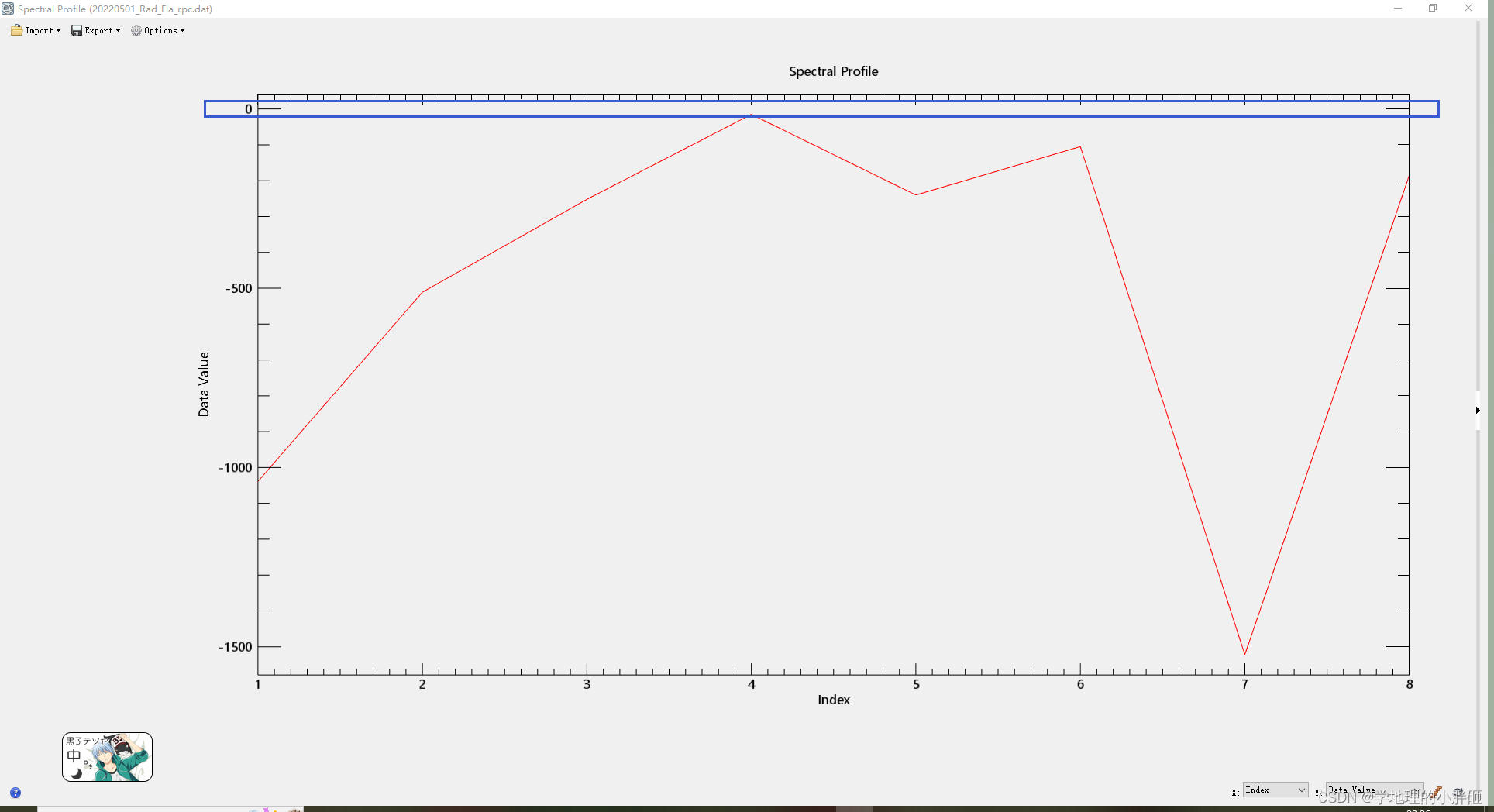
Atmospheric correction on May 22, 2019 considering aerosol model (city) + initial visibility (aerosol data inversion value)

7. Current conclusions
Negative value of high-score 6 wide-format image (GF6-WFV) data processing in ENVI Reason: Still trying, please look forward to at least narrowing the range. At
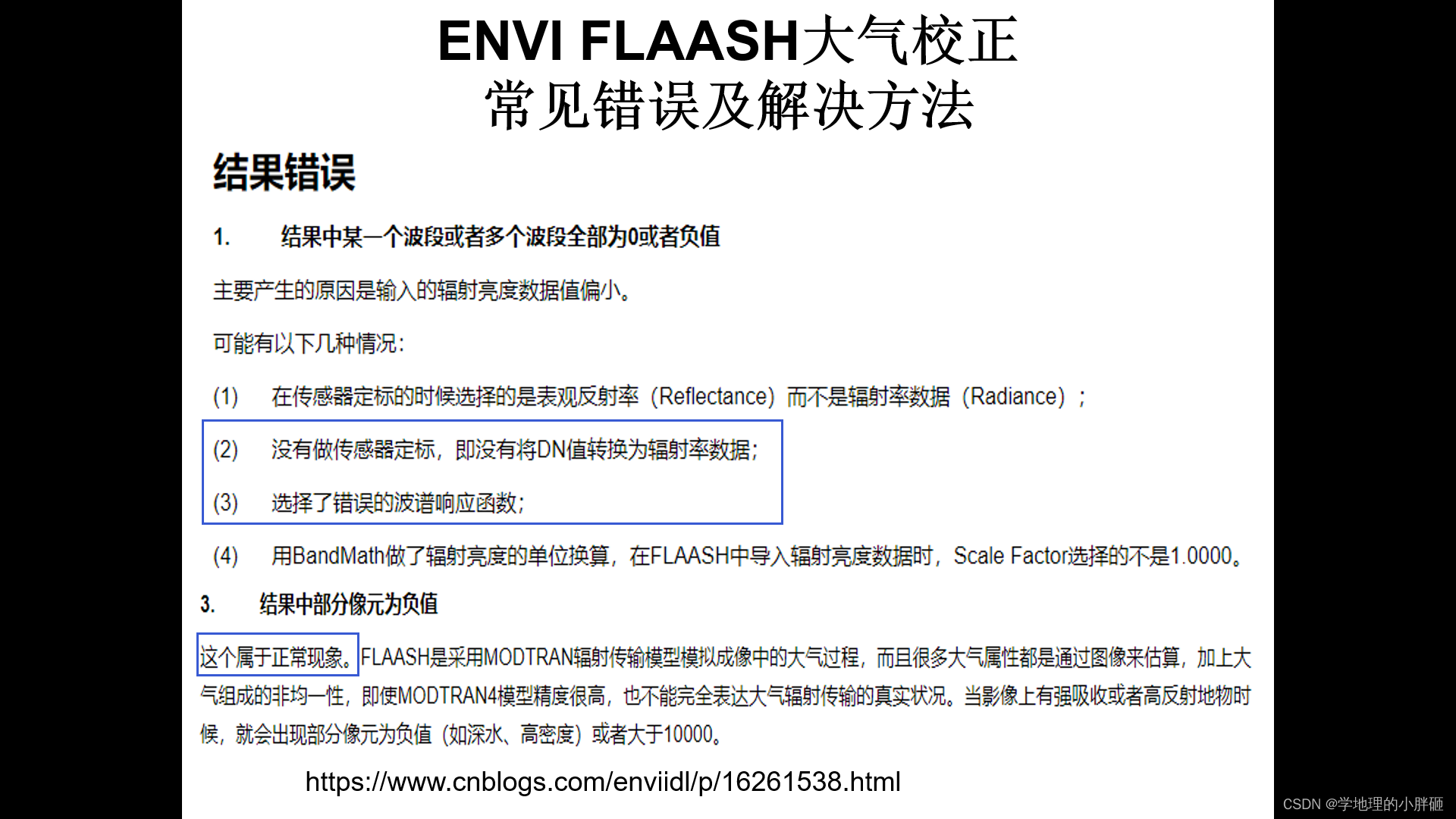
present, I can’t think of a good solution, so I’m powerless. Try it yourself. Thank you for being able to talk to me about this matter. I hope you will ask more questions and leave more comments. Thank you for helping me too! Goodbye, I'm still that chubby guy who studies geography, see you next time!